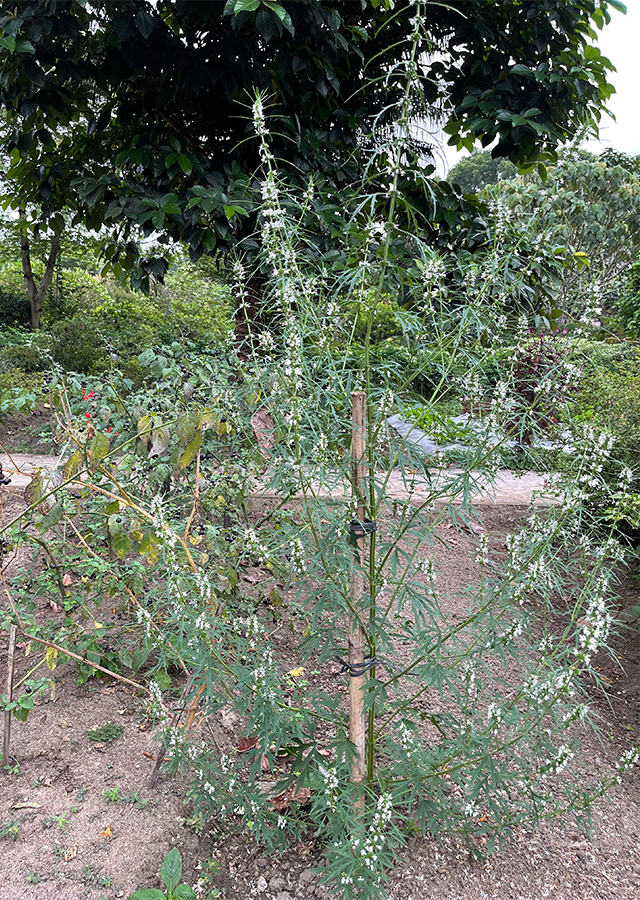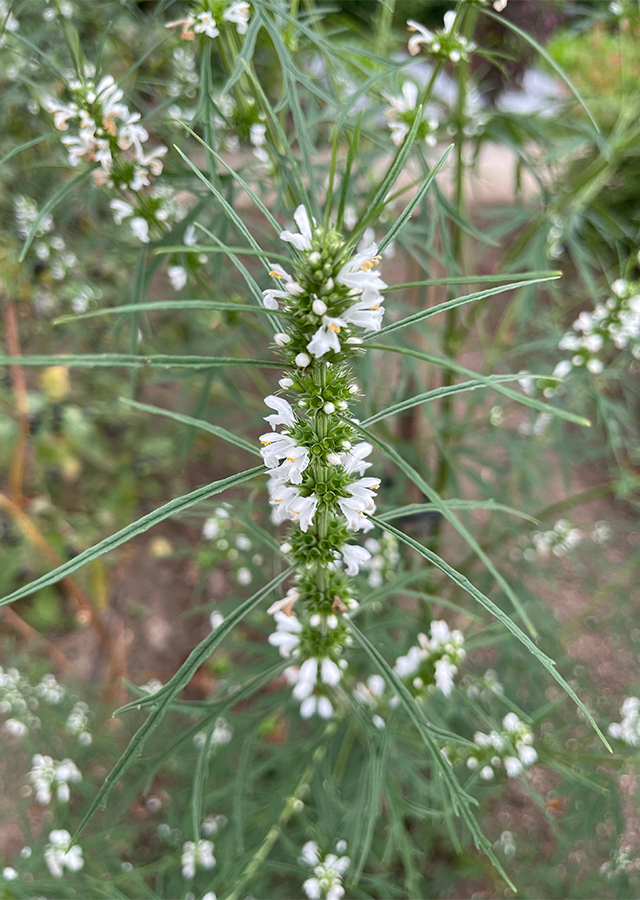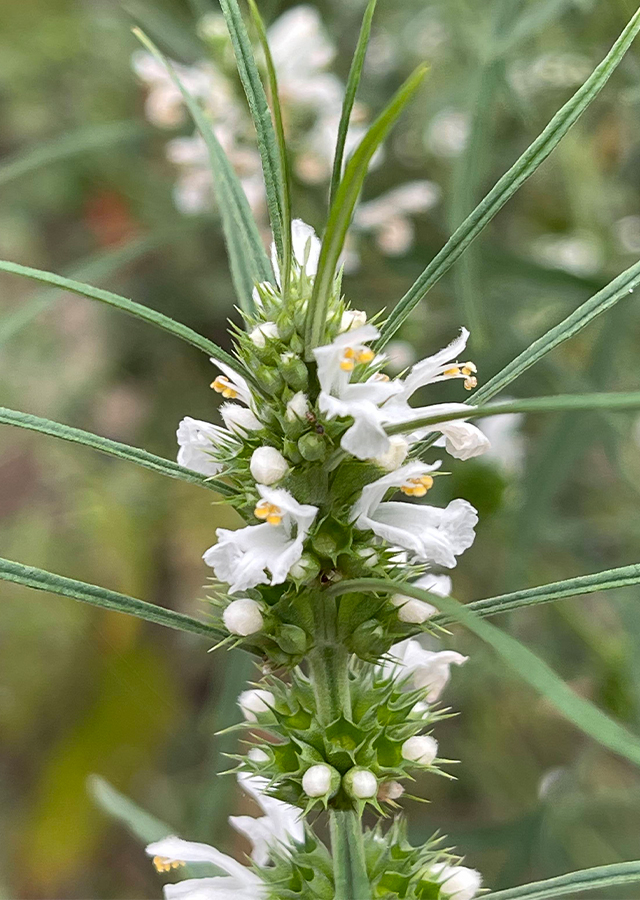Traditional Herbs from Leonurus japonicus
relieve_itching_and_herpes_zoster
- Take enough fresh ginjean leaves, wash them thoroughly.
- Boil the leaves until boiling.
- Use the boiled water in bath water to relieve itching and\u00a0painful_herpes zoster.
headache": ["Prepare enough fresh ginjean leaves, wash them thoroughly.
What is Leonurus japonicus Looks like??



Parts of Leonurus japonicus that could be used
- Leaves", "Seeds", "Flowers", "Fruits", "Stems", "All Parts of the Plant
Leonurus japonicus Distribution
Honey grass or Leonurus japonicus is a plant from the Lamiaceae family originating from temperate and tropical Asia including China, Russia (Far East), northern Australia (Queensland), Japan, Korea, Thailand, Philippines, Indonesia, India, Cambodia, Laos, Vietnam and Malaysia. Today, L. japonicus is widespread and widely naturalized in tropical and subtropical regions of the world. In Malesia, L. japonicus is spread from Peninsular Malaysia to Sumatra, Java, Kalimantan, Bali, Sulawesi, Timor and Maluku, and also in the Philippines. It is sometimes cultivated as an ornamental plant or for medicinal purposes. L. japonicus is a quite popular medicinal herb and is imported to Malesia as a tonic and is cultivated locally. Commonly used in Chinese herbal medicine, where it is considered one of the 50 basic herbs. In China and Southeast Asia, L. japonicus is widely used by women to treat disorders related to female problems. In Sarawak, this species is also used as a cooking ingredient, especially by the Chinese.Agroecology of Leonurus japonicus
L. japonicus grows in humid environments in temperate and tropical climates in areas from sea level to 3,400 m above sea level. This species can grow in semi-shady areas, but prefers to grow in areas with full sun exposure and soil with a pH ranging from 4 to 8. L. japonicus is a common weed in waste places, disturbed sites, pastures and gardens, along river banks, railway embankments, and also as a weed in arable land.
Morphology of Leonurus japonicus
- Tap root with dense, fibrous roots.
- Stem erect, 30-120 cm, 4-angled, grooved, pubescent or glabrous, nodes and corners close together, with an unpleasant odor.
- Leaves decussate, green, leafy lower stem leaves are ovate or deltoid in outline, base is broadly pointed, lobes are oval-rhombic to ovate, upper surface of leaf (adaxial) glabrous (glabrescent) to stiff, swollen hairs (strigose), the lower surface of the leaves (abaxial) has smooth hairs, the upper leaves are sessile, the leaf blade on the middle stem is rhombic, the lobes are oval-linear, the leaf stalk is narrowly winged at the top." ,"Flowers bisexual, sessile, petals (calyx) urbinate-campanulate, 10 leaf veins, 5-toothed, teeth broadly triangular, almost equal, glabrous or slightly pubescent to spiny. The flower crown (corolla) has 2 lips, the tube is slightly shorter than the calyx, when young with a ring of oblique hairs inside, ovate, erect, convex, villous, pubescent outside. The upper lip is straight, concave, oval, the edges are flat, ciliated. Lower lip slightly shorter, base slightly scaly, 3-lobed, midlobe very large, obcordate, pubescent, white, reddish or purplish red-pink. Stamens 4, in 2 pairs, filaments, thinly hairy, rising below the upper lip, 2-celled anthers.
- Fruit consists of 4 dry schizocarpous nutlets enclosed in a persistent calyx, nutlets ellipsoid, long approx. 2 mm, truncated at the apex, pointed base, smooth surface, brownish.
Cultivation of Leonurus japonicus
- Propagation of plants generatively through seeds and vegetatively through stem cuttings.
- In Vietnam, the best time to sow is October-November, because seeds germinate best at temperatures between 20-25 degrees Celsius.
Leonurus japonicus, more details :
Chemical Content of Leonurus japonicusPhenylethanoid glycosides, iridoid glucosides, cyclic peptides, triterpenoids, leonurine alkaloids (4-guanidino-n-butyl syringate), stachydrine, labdane type diterpenes preleoheterin, leoheterin, prehispanolone, hispanolone, galeopsin.
Benefits of Leonurus japonicus
Treating female disorders related to menstruation (including reduction of excessive menstrual flow or menstrual pain and menstrual induction), restorative after childbirth, accelerates uterine contractions after childbirth and expulsion of the placenta, increases blood circulation, stops vaginal discharge, overcomes night blindness and dizziness, cures skin diseases, reduces blood pressure, treats bladder stones, treats headaches (poultices), malaria, reduces fever, relieves itching and painful shingles (placed in bath water). Acts as an aphrodisiac, diuretic and antibacterial.
Simplisia of Leonurus japonicus
- Take enough fresh ginjean leaves, wash them until clean.
- Dry in the sun or in an oven at a temperature\u00a040\u00b0C until the water content\u00a010%.
- Store in a clean, airtight container.
Another Facts for Leonurus japonicus :
Synonym of Leonurus japonicusLeonurus altissimus Bunge ex Benth., Leonurus artemisia (Lour.) S.Y.Hu, Leonurus sibiricus Anon.
Habitus of Leonurus japonicus
Herb. Annual or biennial herb, 0.5-1.5 m high
Habitat of Leonurus japonicus
- Riverside", "Coast", "Roadside", "Grassland", "Land
No comments:
Post a Comment